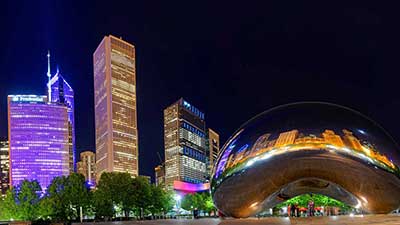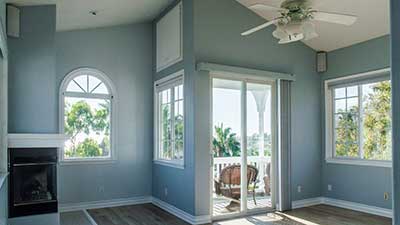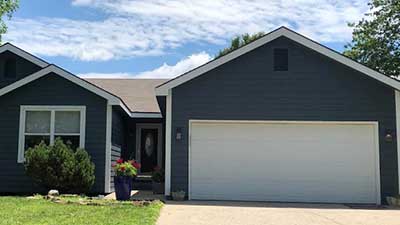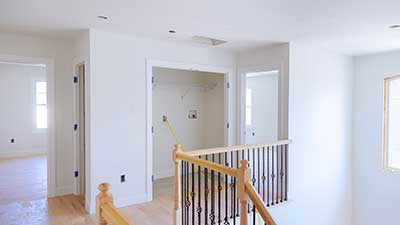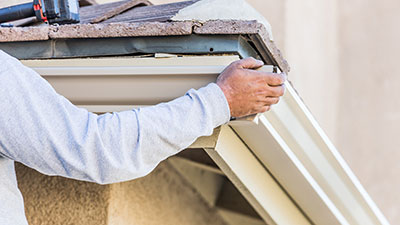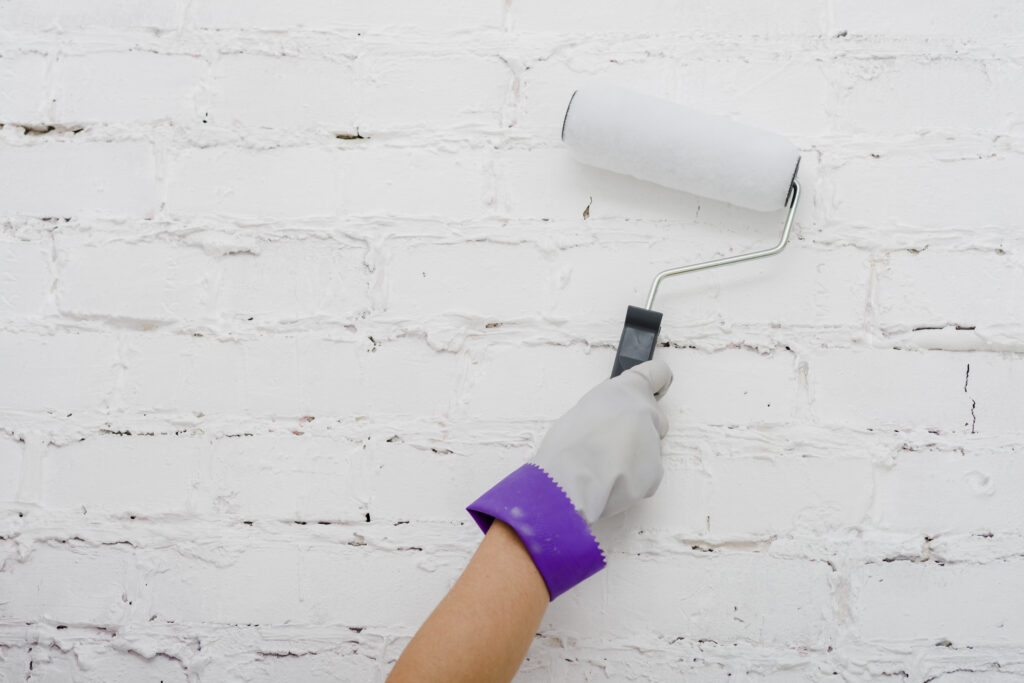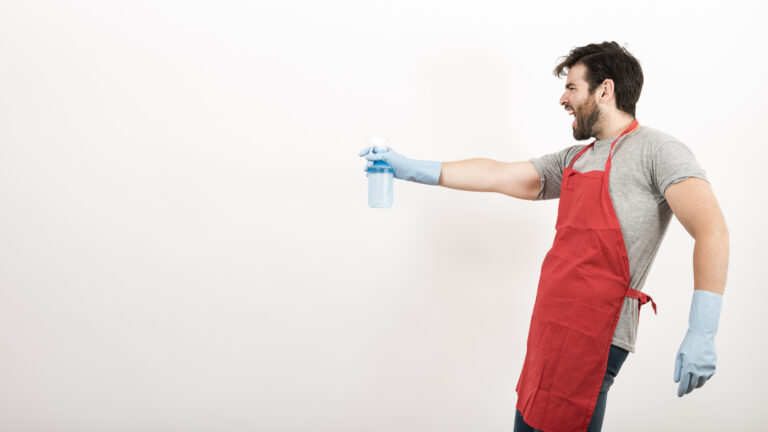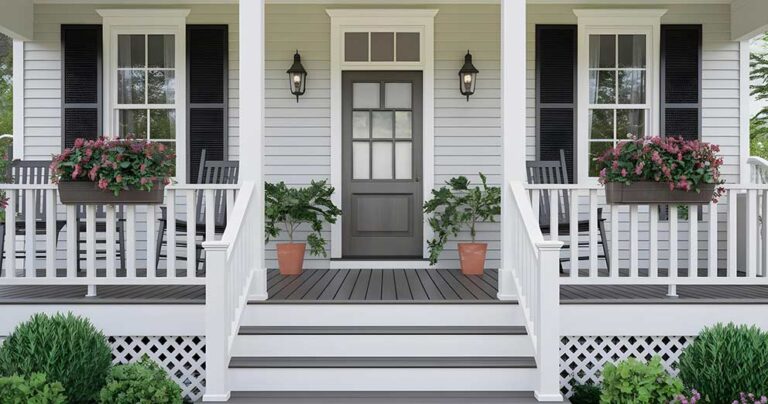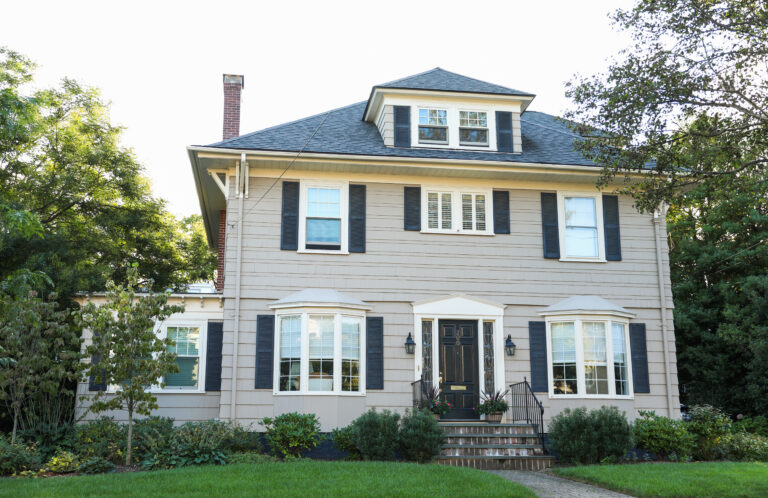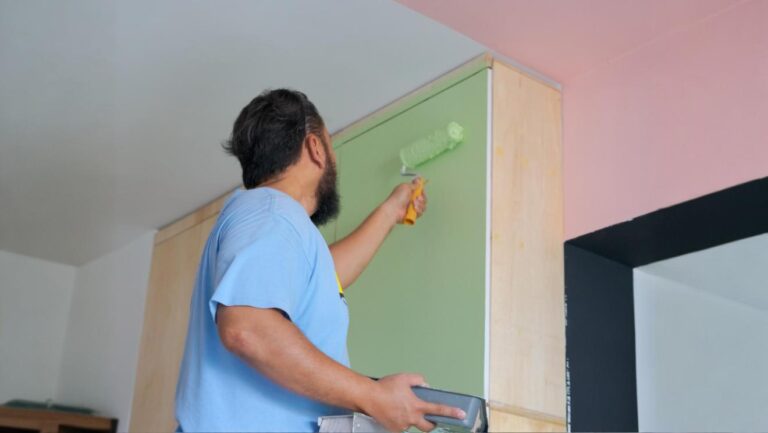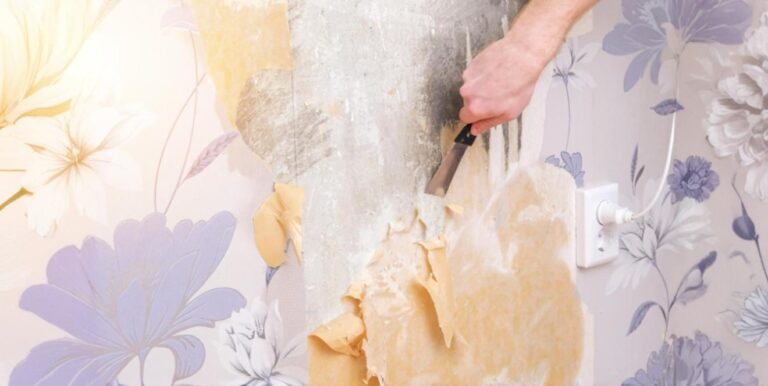Limewash vs Whitewash: Choosing the Right Finish for Your Home
Ready to transform your home’s look? The limewash vs whitewash decision shapes how your brick or stone surfaces will appear for years to come. From the timeless European elegance and farmhouse aesthetic of limewash to the clean, bright cottage style of whitewash, each finish brings its own unique character to your project. We’ll walk you through the key differences between these techniques so you can make the best choice for your house renovation project.
Key Takeaways
- Limewash bonds with unpainted brick and stone, while whitewash works on previously painted surfaces too.
- Whitewash costs less and typically needs just one coat versus limewash’s multiple applications.
- Both let your brick house breathe naturally, preventing moisture problems that plague regular paint.
- Limewash develops a weathered patina over time, while whitewash gives consistent coverage.
- These eco-friendly options beat synthetic paints, with limewash being the most natural choice.
- Trust OnDemand Painters to do the job right, giving you beautiful texture and long lasting results.
What is Limewash and Whitewash for Brick or Stone Surfaces?
Understanding Limewash
Limewash consists of slaked lime mixed with water and natural pigments, creating a matte finish that penetrates deep into porous materials. This eco-friendly option has been used for centuries on brick or stone surfaces, providing both protection and aesthetic appeal. Unlike whitewash, limewash actually bonds with the masonry, creating a durable finish that can last for decades.
The limewash paint creates a distinctive chalky texture with self-healing properties and natural weather resistance. Multiple coats allow for natural colors variations and texture development while maintaining breathable properties essential for porous surfaces.
Breaking Down Whitewash
A water based paint mixture, whitewash provides a translucent finish that sits atop the surface rather than penetrating it. This technique allows the natural brick texture to peek through while providing a softer, more muted appearance. When applied to exterior surfaces, whitewash paint can create timeless appeal that brings new life to outdated facades.
Unlike limewash, whitewash adapts to both painted brick and natural brick applications. The technique creates either translucent or opaque finish depending on application method and desired coverage.
Suitability for Porous Surfaces
Masonry Applications
Limewash excels on porous surfaces, particularly unpainted brick and natural stone. OnDemand Painters often recommends limewash for historic homes and traditional masonry projects because it allows the surface to breathe while providing protection. The technique works exceptionally well on exterior brick walls and stone surfaces, as well as plaster finishes and unpainted brick fireplaces.
Previously painted brick cannot accept limewash applications effectively since existing paint prevents lime from bonding with underlying masonry. This limitation makes surface preparation crucial for successful projects.
Versatility of Whitewash for Previously Painted Brick
Unlike limewash, whitewash can be applied to brick that has previously been painted, and a wider range of surfaces. This makes it a more versatile option for homeowners looking to update multiple areas of their house. Whitewash creates a smooth, consistent finish whether used on interior walls, brick fireplaces, wood surfaces, or painted brick exteriors.
The versatile formula works on smooth finishes, textured walls, and even wood surfaces where limewash cannot penetrate effectively.
Key Characteristics
Moisture Management and Durability
A key difference between these finishes lies in their interaction with moisture. Limewash offers superior breathability, allowing moisture to escape from porous materials while maintaining a protective barrier. This natural characteristic helps prevent mold and deterioration, particularly on exterior brick.
Both techniques prevent common moisture problems that plague painted brick applications. Natural breathing properties eliminate trapped moisture while preventing the peeling and bubbling associated with latex paint applications.
Aesthetic Differences
Both techniques can achieve a desired aesthetic, but they do so differently. Limewash creates an authentic matte finish and develops a natural patina over time, typically requiring multiple coats for full coverage while allowing for subtle color variations through natural pigments. Whitewash, on the other hand, provides a translucent or opaque finish and maintains more consistent coloring, often achieving desired coverage with a single coat while creating a smoother surface texture.
The weathered appearance develops gradually with limewash, creating authentic character that cannot be replicated with modern paint systems.
Eco-Friendliness and Cost
Environmental Impact
Limewash stands out as a particularly eco friendly option, using natural materials like slaked lime and natural pigments in its composition. The process creates a breathable surface that works in harmony with porous materials. While whitewash can also be environmentally conscious, using latex paint in the mixture may introduce volatile organic compounds, though this depends on the specific products chosen.
Chemical-free composition uses natural materials without harmful additives. Both techniques avoid the environmental impact of synthetic paint manufacturing while providing superior performance.
Benefits Over Latex Paint
While standard latex paint offers quick coverage, both limewash and whitewash provide unique advantages that traditional paint can’t match. Unlike latex paint, which creates a solid barrier on the surface, these finishes allow masonry to breathe naturally. This breathability is crucial for preventing moisture-related issues like peeling, bubbling, and mold growth that often plague latex-painted brick.
Additionally, both techniques create depth and texture that flat latex paint simply cannot achieve, allowing the natural texture and variations of the underlying surface to remain visible while still providing the desired color transformation.
Cost Considerations
When comparing costs, whitewash typically proves more budget-friendly for smaller projects. The process usually requires a single coat, reducing both material and labor expenses. Limewash, while requiring multiple coats and potentially more frequent maintenance, often provides superior longevity on exterior brick and stone surfaces.
Application and Maintenance
Professional Application Techniques
Both finishes demand careful application for optimal results. Limewash requires a specific technique using a wet rag for the desired distressed look, while whitewash needs precise mixing to achieve the right translucent finish. Professional painters understand these nuances, ensuring proper application for a durable finish that maintains its appearance over time.
Weather affects application success significantly. Avoid extreme temperatures and direct sunlight during application and curing periods.
Maintenance Requirements
Maintenance needs differ significantly between the two techniques. Limewash may need touch ups every few years, particularly on exterior surfaces exposed to weathering. However, its natural properties allow for easier spot treatments. Whitewash generally requires less frequent maintenance but might need complete reapplication when it does require attention.
Frequent maintenance issues disappear when using breathable finishes. Power washing can remove limewash completely when changes are desired.
Interior and Exterior Use
Interior Applications
For interior spaces, both techniques can transform brick fireplaces and accent walls. Limewash creates a sophisticated, old-world texture that works beautifully in traditional designs. Whitewash offers a clean, bright finish perfect for modern interiors, especially when applied to exposed brick or painted brick surfaces.
Transform interior walls in living rooms, kitchens, and great rooms with accent features showcasing natural texture.
Exterior Considerations
On exterior brick, both finishes can provide excellent results when properly applied. Limewash offers superior moisture management and develops an attractive patina over time. Whitewash can achieve a similar weathered appearance while potentially requiring less maintenance in certain climates.
The home’s exterior gains timeless appeal through either technique. Both options give new life to outdated facades without the maintenance issues of conventional paint.
Alternative Options
German Smear Technique
The German smear technique, also known as a mortar wash, offers another alternative for those seeking a distinctive look. This method creates a heavily textured, weathered appearance that differs from both limewash and whitewash, though it requires specific expertise for proper application.
Modern Solutions
Contemporary products combine traditional methods with modern technology. These innovations offer the aesthetic benefits of classic techniques while potentially providing enhanced durability and easier application processes.
Professional Results
For optimal results with either technique, professional application often proves worthwhile. OnDemand Painters brings expertise in both limewash and whitewash applications, ensuring proper preparation, application, and finishing for lasting results. Their experience helps homeowners achieve their desired aesthetic while maintaining the integrity of their surfaces.
Conclusion
Picking between limewash and whitewash isn’t just about color – it’s about what works best for your specific space. Think about your surface type, the look you’re going for, and how much maintenance you’re willing to handle. Both options can totally transform your brick and stone, inside or out. At OnDemand Painters, we’ve seen stunning results with both techniques when they’re matched to the right project. Whether you’re updating a historic exterior or refreshing a modern fireplace, choosing the finish that fits your needs will give you results you’ll love for years.
FAQs
Should I limewash or whitewash?
Choose limewash for unpainted brick and stone surfaces requiring maximum breathability and natural aging. Select whitewash for previously painted brick or when you need more control over opacity and coverage.
Which lasts longer: limewash or whitewash?
Limewash typically lasts 5-10 years with touch ups every 2-3 years. Whitewash generally requires reapplication every 3-5 years depending on climate and surface conditions.
What are the disadvantages of lime wash paint?
Limewash requires multiple coats, cannot be applied over painted surfaces, and needs specific weather conditions. The technique also requires more frequent maintenance than some modern alternatives.
What is the difference between limewash and whitewash stone fireplace?
Limewash penetrates stone creating a matte finish with natural texture, while whitewash sits on the surface providing translucent finish with more uniform coverage and color consistency.
Should I apply a thick layer when choosing limewash vs whitewash?
No – both techniques work best with thin, even applications. Limewash should be applied in multiple thin coats to build up coverage gradually, while whitewash needs just one thin layer for the right translucent effect.
Can I switch between limewash and whitewash techniques later?
Yes, but preparation matters. You can apply whitewash over limewash, but removing either finish completely allows you to start fresh with your preferred technique for future projects.

